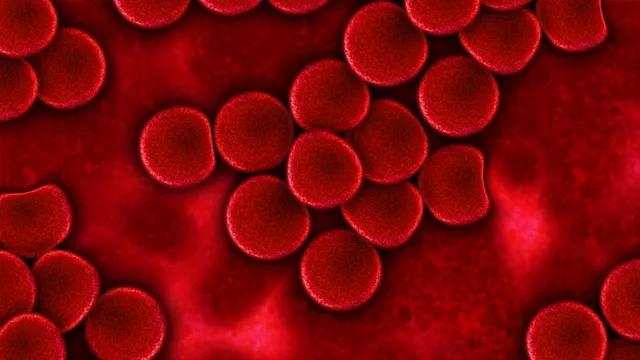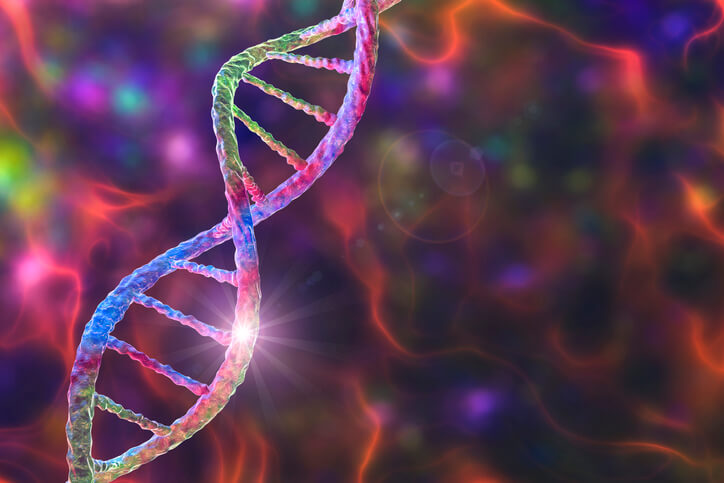
Monocytes May Be a Stable Reservoir of HIV
A recent study which is led by Johns Hopkins Medicine scientists and a team of researchers reports the evidence that HIV genome can be found in circulating white blood cells called Monocytes. For this study, the blood samples were taken from men and women with HIV undergoing long-term suppressive therapy. Their research is published in Nature Microbiology, in a paper named, “Monocyte- derived macrophages contain persistent latent HIV reservoirs.”
Monocyte is a type of immune cell that originates from bone marrow and travels through the bloodstream to the tissue or any body part where it becomes macrophages or dendritic cells as per the requirement. Macrophages basically engulf and kill the microorganism, ingest the foreign deadly material, remove the dead cells, and boost the immune response of the body. Sometimes it alerts the other blood cells to help destroy the virus or bacteria and prevent the infection. The researchers found proof that the patients with HIV undergoing antiretroviral therapy contained Monocytes that nurtures the stable HIV DNA which can infect its neighbor cells.
“The development of persistent cellular reservoirs of latent human immunodeficiency virus (HIV) is a critical obstacle to viral eradication since viral rebound takes place once anti-retroviral therapy (ART) is interrupted,” wrote the researchers. “Previous studies show that HIV persists in myeloid cells (monocytes
and macrophages) in blood and tissues in virologically suppressed people with HIV (vsPWH). However, how myeloid cells contribute to the size of the HIV reservoir and what impact they have on rebound after treatment interruption remain unclear. Here we report the development of a human monocyte-derived
macrophage quantitative viral outgrowth assay (MDM-QVOA) and highly sensitive T cell detection assays to confirm purity.” “We don’t know how critical these monocytes and macrophages are to the
eradication of HIV, but our results suggest we should continue research efforts to understand their role in this disease,” said Janice Clements.
The experiment:
It was already well known that HIV accumulates its genome mostly into the type of immune cells called CD4+ T-cells. “To eradicate HIV, the goal is to find biomarkers for cells that harbor the HIV genome and eliminate those cells,” said Rebecca Veenhuis, Ph.D. To know more about the role of Monocytes or macrophages in the bloodstream as an HIV reservoir, the scientists obtained blood samples between 2018 and 2022 from 10 men suffering from HIV, all of them taking long-term antiretroviral medications. The researchers extracted blood from samples and grew it in the laboratory. It was observed that Monocytes transformed into macrophages in only three days producing Monocytes derived macrophages. All 10 men had detectable HIV DNA in their macrophages, but 10 times lower than those found in the men’s CD4+ T cells, the well-established HIV reservoir.
In the further experimental assay, the blood cells were taken from another group of 30 people with HIV also treated with antiretroviral therapy. The researchers found HIV DNA in the CD4+ T cells and monocytes of all 30 participants. The scientists were also able to isolate HIV produced by infected monocytes from half of the research participants. The virus particles extracted from these cells were
able to infect the CD4+ T-cells.
In this experiment, three of the patients had their blood examined multiple times for about 4 years, and every time, the researchers found that HIV DNA and infectious virus produced by their monocyte-derived macrophages. “These results suggest that monocytes may be a stable reservoir of HIV,” said Clements.
Follow The Scientific Reporters for more such interesting updates!






